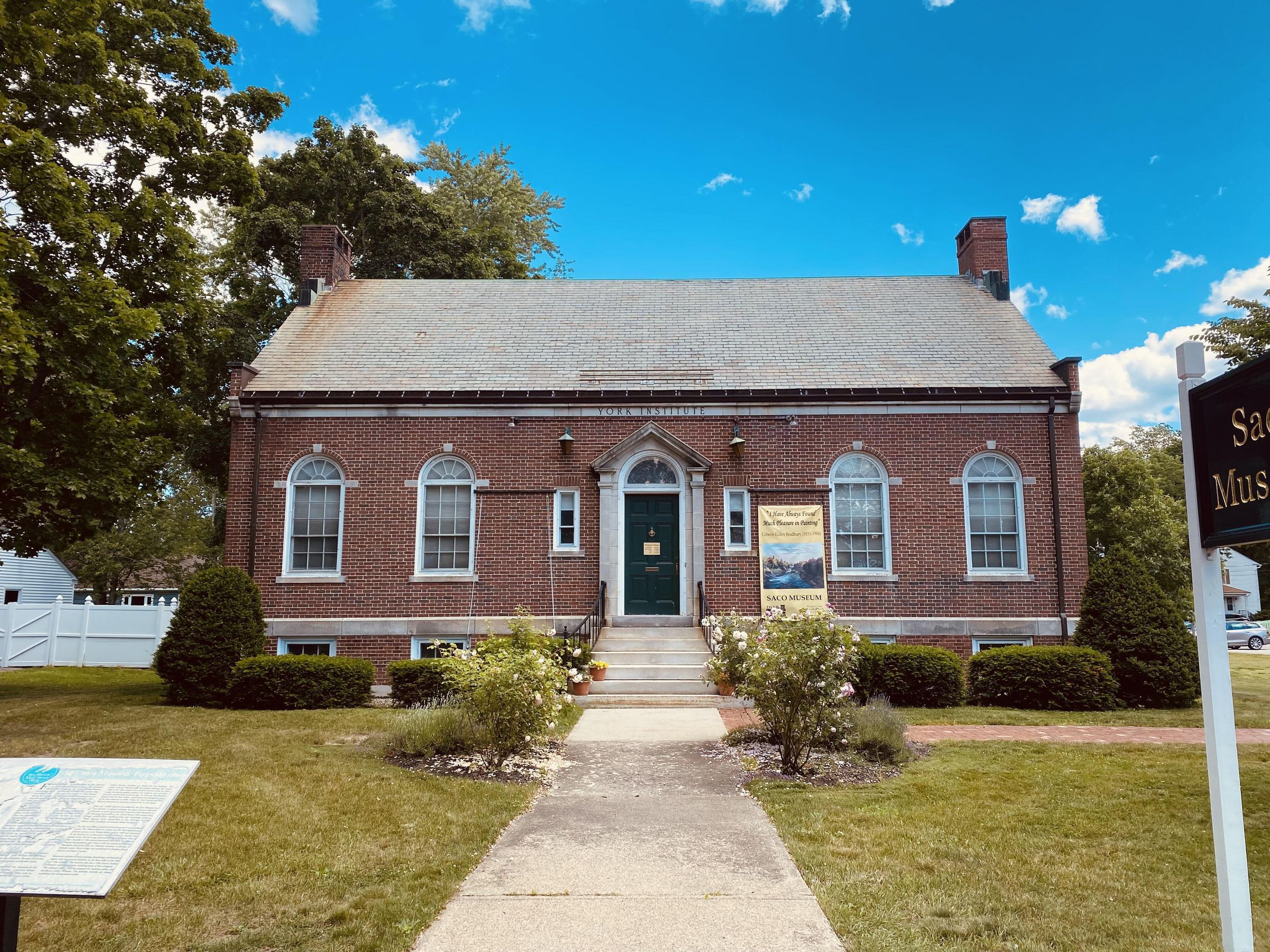
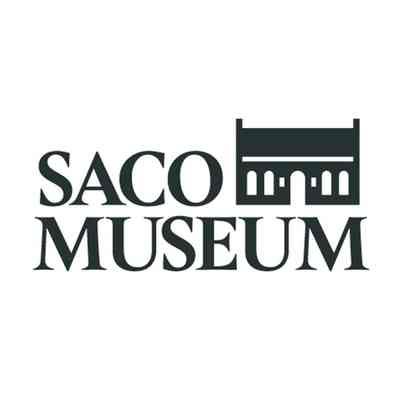
Saco Museum
371 Main Street, Saco, Maine, 04072
VISIT OUR WEBSITELocated on Saco's historic Main Street, the Saco Museum is a regional museum of history and fine and decorative arts. Open year-round, the museum offers several changing exhibitions per year. It is the third oldest museum in Maine. The Saco Museum was founded in March of 1866 as the York Institute by a group of men from widely different backgrounds who shared an interest in the pursuit of knowledge. The stated purpose of the organization was "to promote the study of Natural History; encourage Science and Art; also to collect and preserve whatever relates to the Natural and Civic history of York County."
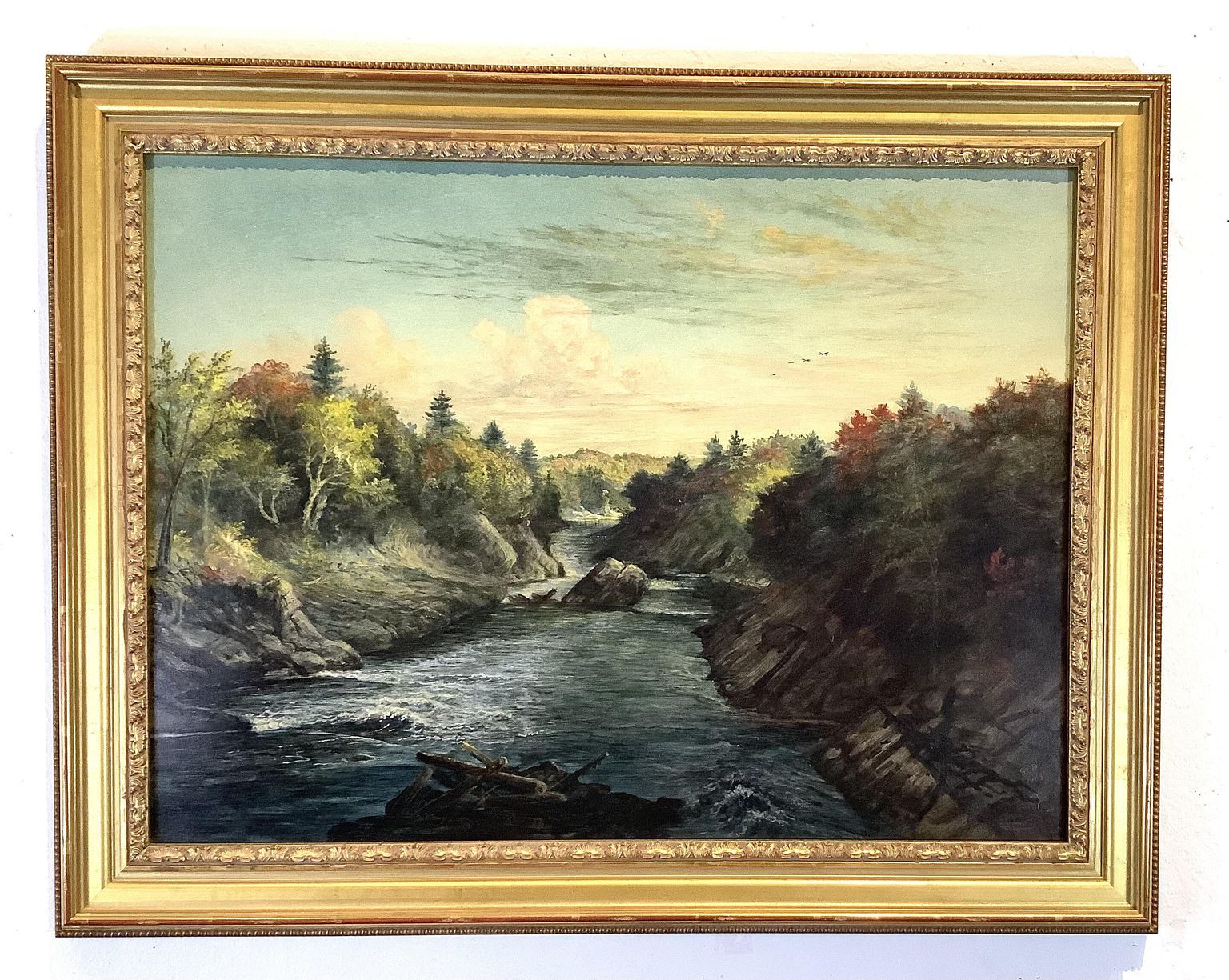
"I Have Always Found Much Pleasure in Painting" Gibeon Bradbury (1833-1904)
In 2020 and 2021, the Saco Museum displayed more than eighty paintings, studies, and sketches by artist Gibeon Elden Bradbury that capture the quiet beauty of the Saco River Valley during the late 19th century. A native of Salmon Falls in Buxton, Maine, Bradbury regularly exhibited his works at local art expositions and county fairs. Many of his works are small intimate depictions of the places, flora, and fauna that he loved.

Benjamin Simpson (1755-1849) Diaries
Benjamin Simpson was born in York on January 2, 1755. A patriot from a young age, Simpson was an apprentice mason in Boston in December 1773 when he joined the Boston Tea Party. Simpson served in the Revolutionary War and spent the winter of 1778-1779 at Valley Forge with Washington's troops. He was discharged in March 1779, and returned home to settle in North Saco near the Buxton line. In 1782 Benjamin married Mercy Simpson. The couple had three sons, George, Joshua, and Ebenezer. In addition to being a skilled mason, Simpson was a prosperous farmer who served as a Saco tax collector and surveyor of the highways for many years.
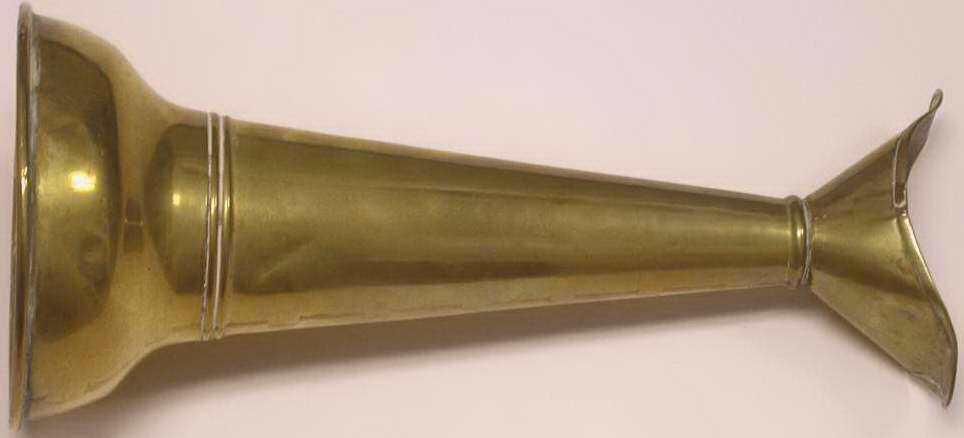
Boom, Bust, and Beauty: Commerce and Culture in Southern Maine, 1785-1835
The early 19th century was an eventful time in southern Maine. A booming trade with the West Indies sent large quantities of lumber to the sugar islands and Maine ships returned laden with rum and molasses. The profits realized from this trade funded the construction of fine houses, the purchase of the latest fashionable goods, and supported a flourishing cultural life. While there were many causes for celebration during these decades, including Maine's independence from Massachusetts in 1820, the boom times alternated with the bad—the Embargo of 1807, the War of 1812, and the year without a summer in 1816— brought economic difficulties and social upheaval. Underlying all of these events was the issue of slavery, for although illegal in Maine after 1783, the slave economy of the West Indies was an integral part of the area's prosperity and the expansion of slavery in America a key issue in Maine finally becoming a state. Using archival documents and rarely seen objects in the museum's collection, Boom, Bust, and Beauty will describe how these events affected the people of southern Maine.
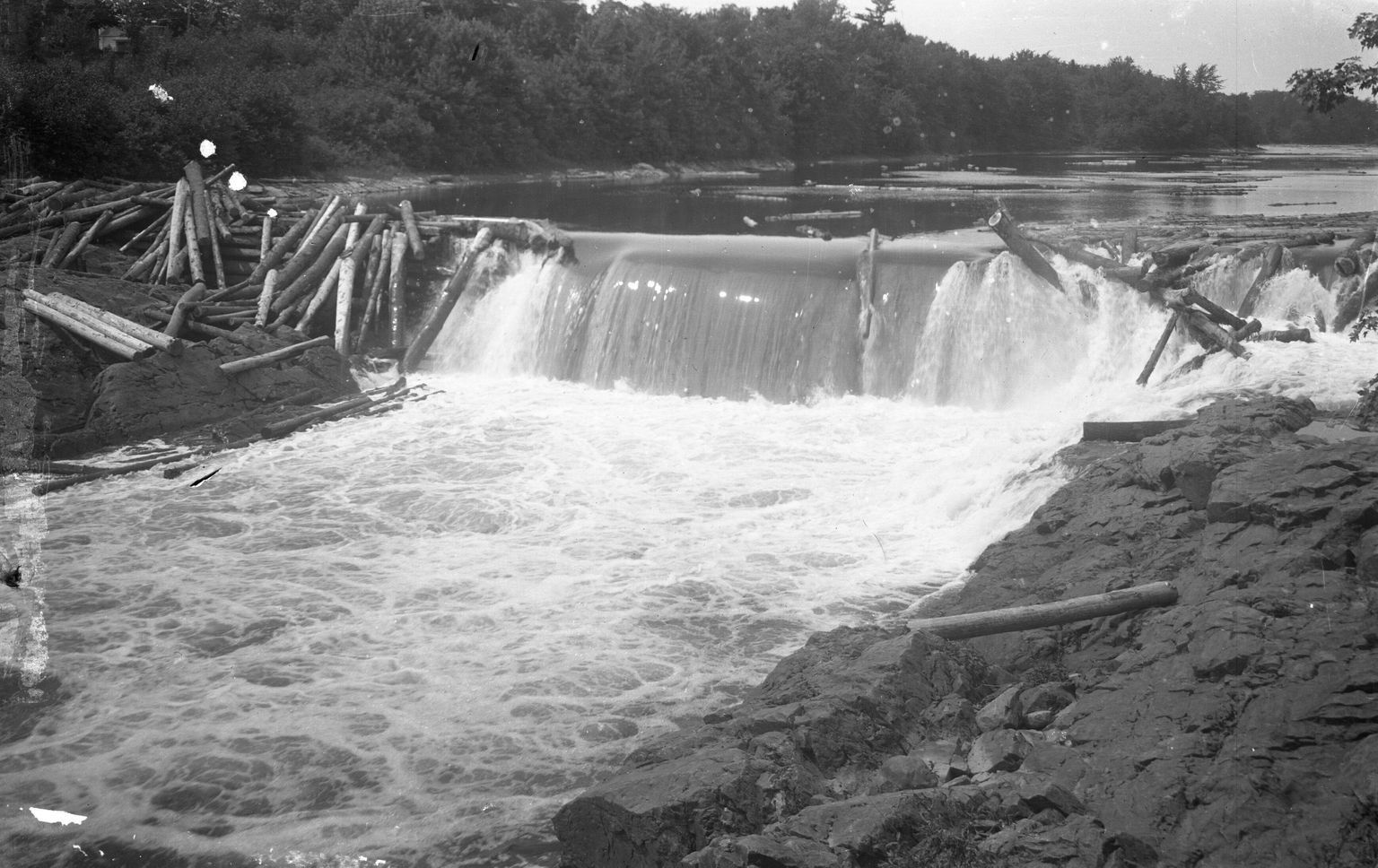
Bradbury's Salmon Falls
Gibeon "Ladd" Bradbury, Jr. (1878-1951), son of the Buxton artist/painter Gibeon Bradbury, was a schoolteacher who had a passion for photography. Like his father's paintings, many of Bradbury's photos featured the Saco River and the waning logging tradition. He also captured many of the houses that now comprise the Salmon Falls Historic District. A large portion of this collection are family photos, many of which feature Bradbury's son, Herbert W. Bradbury, who was tragically struck and killed by an automobile at the age of five. The various labels attached to the glass plate negatives in this collection reveal that Bradbury spent a lot of time processing his photos to produce postcards. Many of these postcards are still circulating and sold as antique ephemera, especially photos that he took of the interior of Quillcote, author Kate Douglas Wiggins' residence (see the collection "Kate Douglas Wiggin, Quillcote and the Dorcas Fair").

Camp Ellis, 1910-1912
These gel print negative photos show the Camp Ellis community in Saco, ME during the years 1910-1912. Several photos feature the Dummy Railroad, which ran between Old Orchard Beach and Camp Ellis from 1880 to 1923. The photographer is unknown. These photos were donated by Stephanie Delaney of Saco, ME.
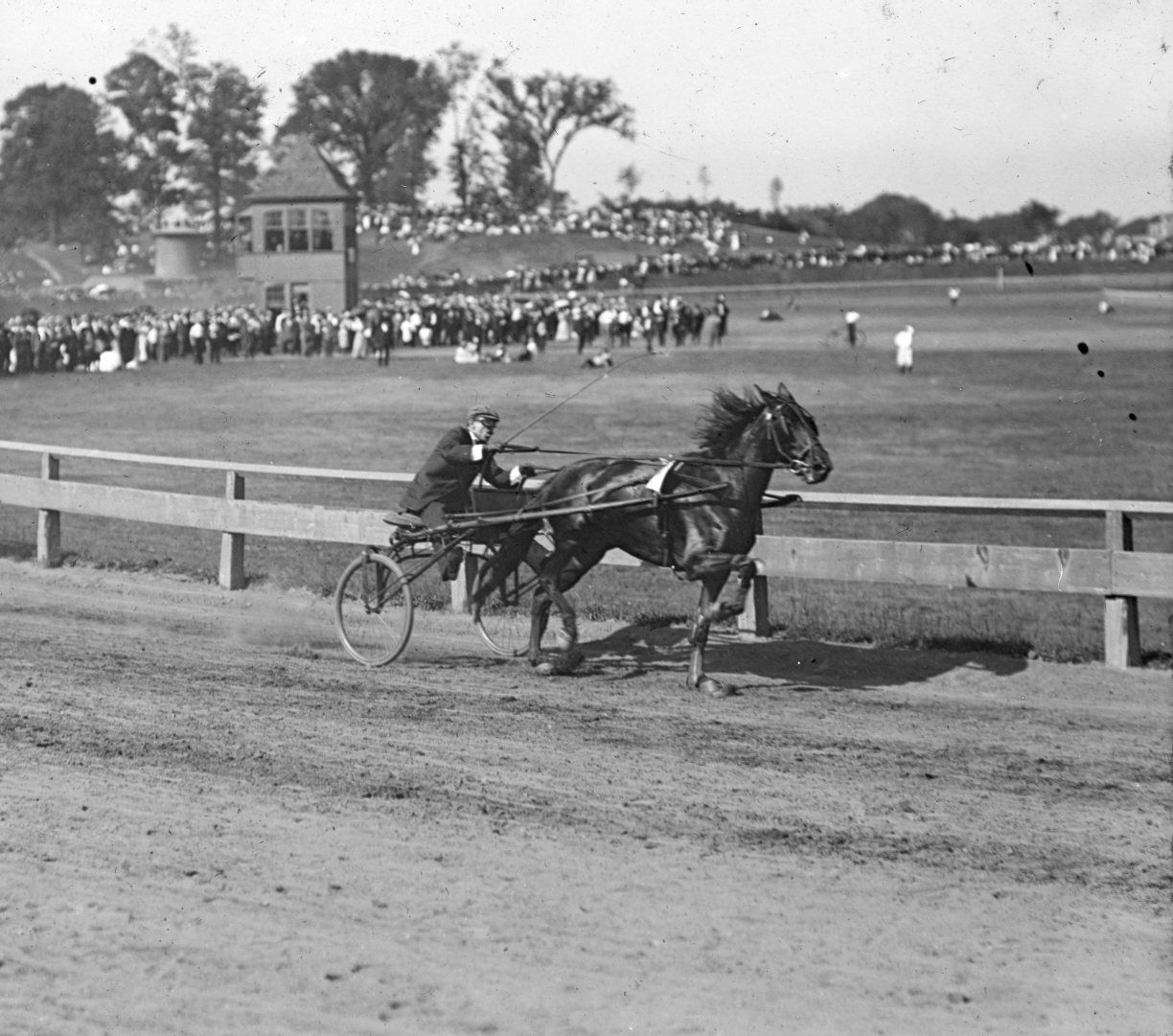
Charles E. Moody's New Jersey/New York
Charles E. Moody (1859-1915) is known for his iconic photos of the "old days" of the Saco-Biddeford area, but he was just as prolific with his photography when he lived in Newark, New Jersey during the turn of the century. He was an active member of the Essex Camera Club during his time in Newark. Unfortunately, several of his New Jersey and New York photos were misidentified as locations in Maine and erroneously included in some publications about Saco, Maine over the years. The corrections are noted in this list. On a general interest level, several of these photos capture fascinating images of the early days of the park attractions at Coney Island, as well as never-before-seen photos of the 1901 Pan-American Exposition in Buffalo, New York.
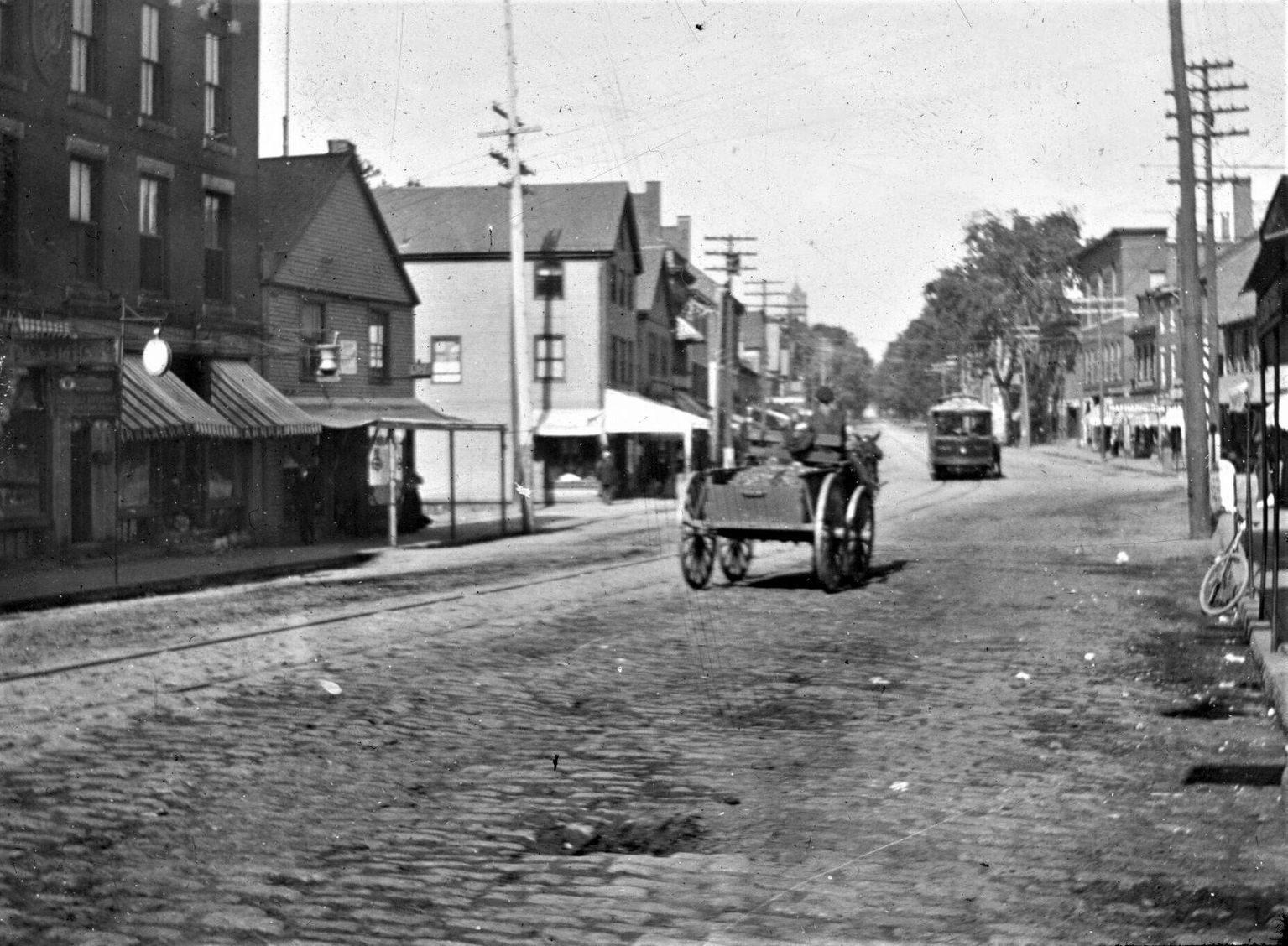
Charles E. Moody's Saco (1890-1914)
Charles E. Moody (1859-1915) was born in Saco, Maine, but his family moved to Newark, New Jersey, when he was the age of twelve. In New Jersey, Moody developed a love of photography in adulthood and became an active member in the Essex Camera Club. During the 1890s, he spent his summers in Saco, then eventually moved back to Saco full time sometime in the 1910s. Moody's extensive photographic record of this region spans from the 1890s until just a year before his death in 1914. Without question, Moody was the most prolific photographer of the Saco area during his time and many of his photographs have become iconic images of this city's past. What separates Moody's work from other local photographers during the same period was his vision of presenting the Saco region as a vibrant and active community - many of his photos feature people working on their trades, children attending school, busy local fairs and scenes of outdoor recreation. The Dyer Library/Saco Museum houses an extensive collection of glass plate negatives and glass lantern slides by Moody. This page will be regularly updated.
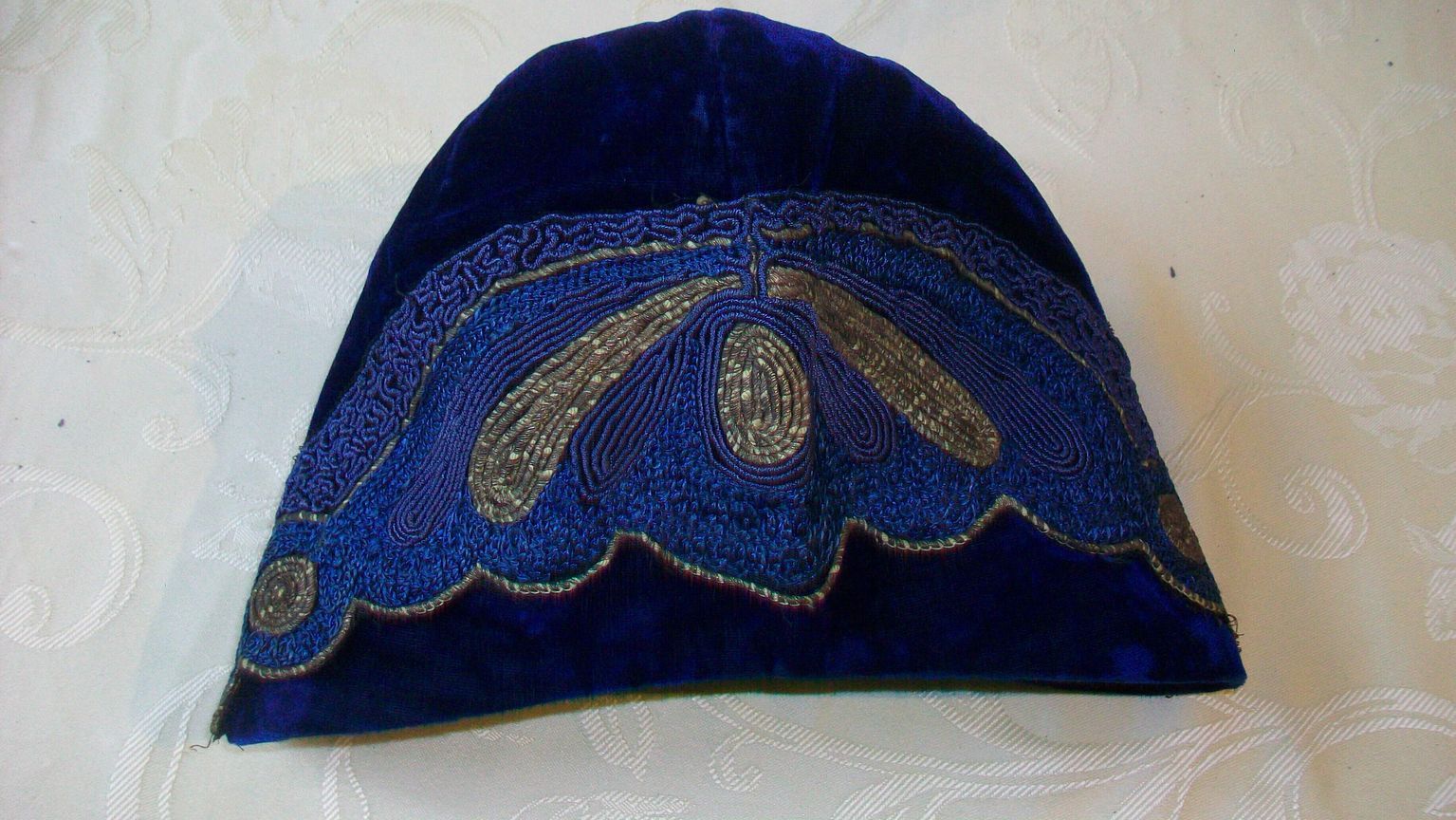
Clothing and Accessories
The Saco Museum's collection includes clothing and accessories for children and adults, mostly from the mid-19th century, and contains not only the formal type of "best dress" such as wedding dresses and fancy gowns that are found in museums, but also a number of 19th-century women's ordinary day dresses which are more representative of the type of clothing worn by those employed in the city's textile mills. The vast majority of the museum's costume items are documented as being owned by residents of the Saco-Biddeford area, or York County, making it a notable collection of regional garments.

Craft and Comfort: Furniture for the Saco Home
Craft and Comfort features highlights of the Saco Museum’s collection of late 18th- and early 19th -century furniture, including examples from the Saco shop of Joshua Cumston and David Buckminster, locally owned pieces made by émigré craftsmen John and Thomas Seymour, and other furniture produced by cabinetmakers in both York County and Massachusetts, some of which relate directly to printed design sources.

Glory Days of Old Orchard Beach & Saco Bay 1890-1930
The Dyer Library/Saco Museum has countless photographs and postcards from the "Golden Age" of the Old Orchard Beach resort destinations and Ocean Park Chautauqua community. Tourism launched into high gear when the Old Orchard Beach station for the Boston & Maine (B&M) Railroad opened in 1873. Together with the rise of tourism came the obsession with vacation photographs, as mass produced cameras like the Brownie Camera became widely available for aspiring amateur photographers. Here we gather all the images of the "Glory Days" of Old Orchard Beach, circa 1890-1930, when visitors would wear their Sunday Best on the hot sands and try their luck at the grand Pier Casino.
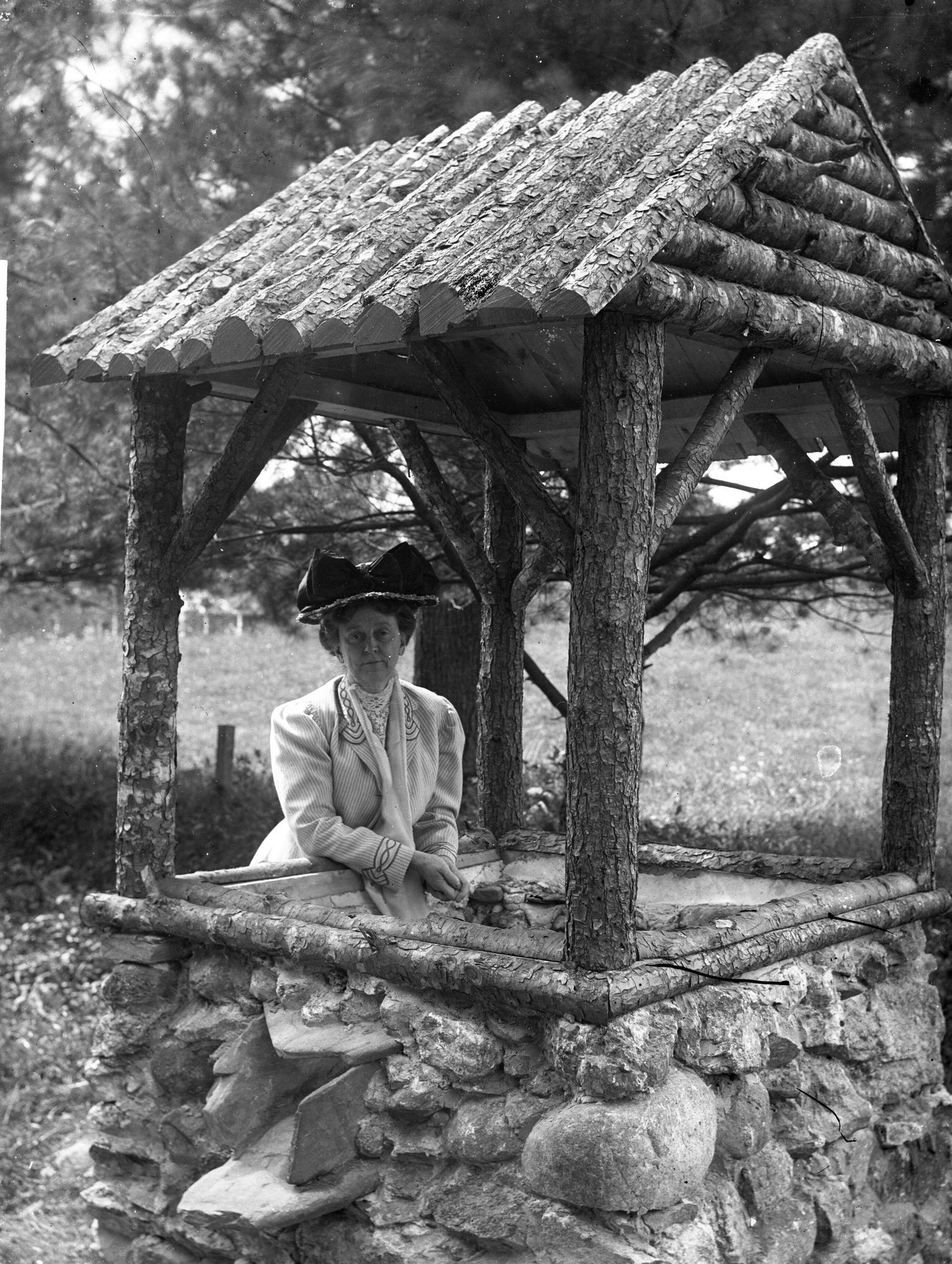
Kate Douglas Wiggin, Quillcote and the Dorcas Fair
Kate Douglas Wiggin (1856-1923), author of the classic children's novel "Rebecca of Sunnybrook Farm," was a local celebrity in the Buxton-Hollis/Salmon Falls area of Maine. Although Wiggin was not a full time resident of Salmon Falls, she considered her summer home "Quillcote" ("quill" for writing, plus house, or "cote" in French) on Salmon Falls Road as her creative "muse" and immersed herself into enhancing the cultural landscape of her adopted neighborhood. She built the Salmon Falls Village Library and the Indian Cellar Tea Room in 1911. Throughout the 1910s, Wiggin hosted the annual Dorcas Fair, an extravagant summer fundraiser for the local Tory Hill Church, at her Quillcote home. The Dorcas Fair was "the place to be seen" for many notable residents of Southern Maine. The Dyer Library and Saco Museum collection houses many original glass plate negative photos of Kate Douglas Wiggin, her Quillcote house and the Dorcas Fair. These photos were taken between 1905 to just after Wiggin's death in 1923 by two local photographers, Charles E. Moody (1859-1915) and Gibeon Bradbury, Jr. (1878-1951), son of the famed Buxton artist/painter. Bradbury was a personal friend and neighbor to Wiggin. At some point soon after Wiggin's death, Bradbury began to create postcards out of the photos he took of the Quillcote house (and the Saco River). Many of these postcards are still being sold by antique ephemera dealers today.
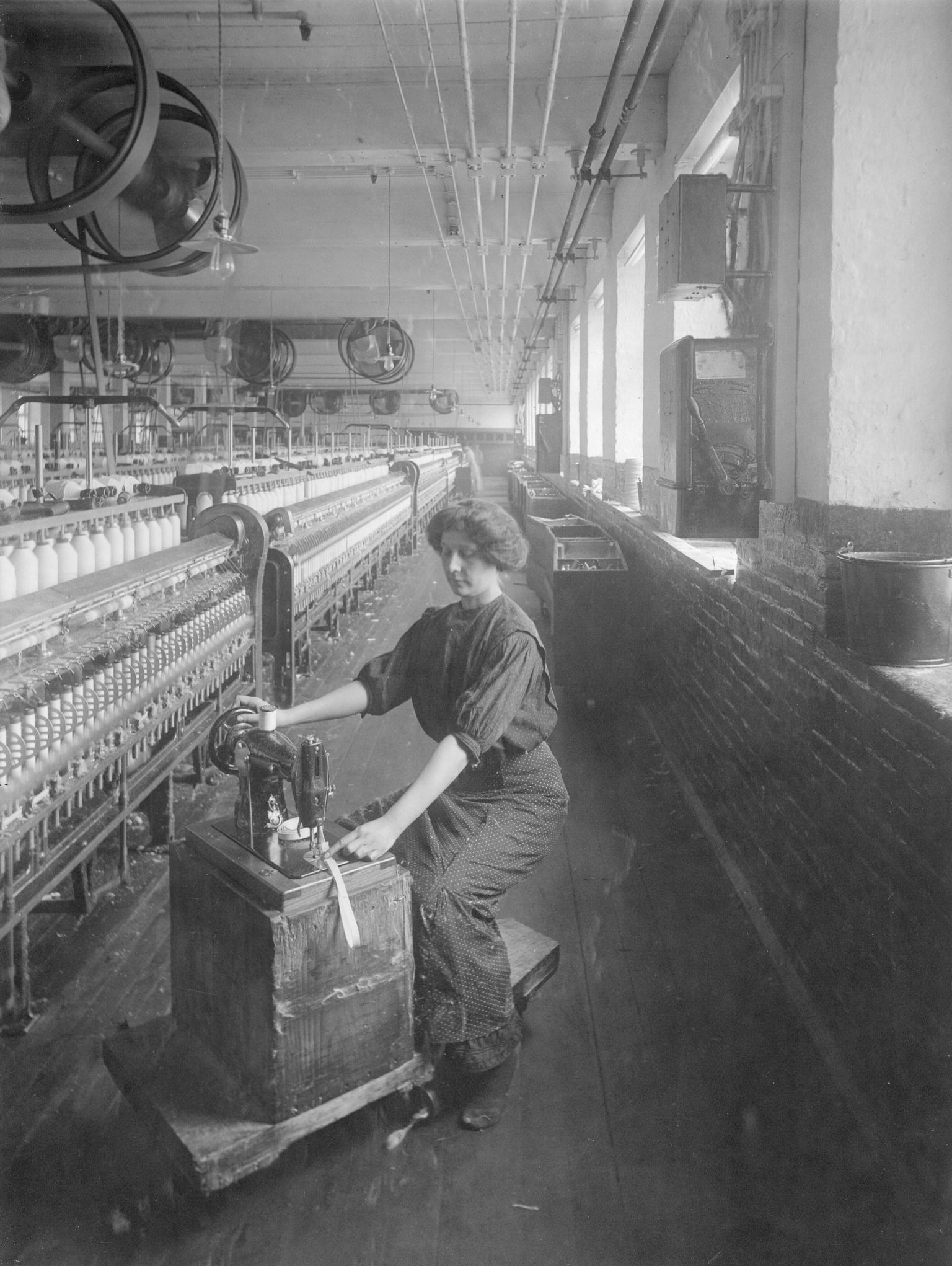
Laconia Mills - 1913
This collection of photos of the Laconia Mills Division of the Pepperell Manufacturing Company in 1913 was discovered in the attic of 116 North Street in Saco, ME by Arthur Morrow. City records show that Ernest L. Morrill (1869-1936), agent of the Pepperell Manufacturing Company from 1910 to 1924, lived at the house after he retired in 1926. Previously, Morrill lived in the Cutts Mansion on Factory Island while he ran the factory.
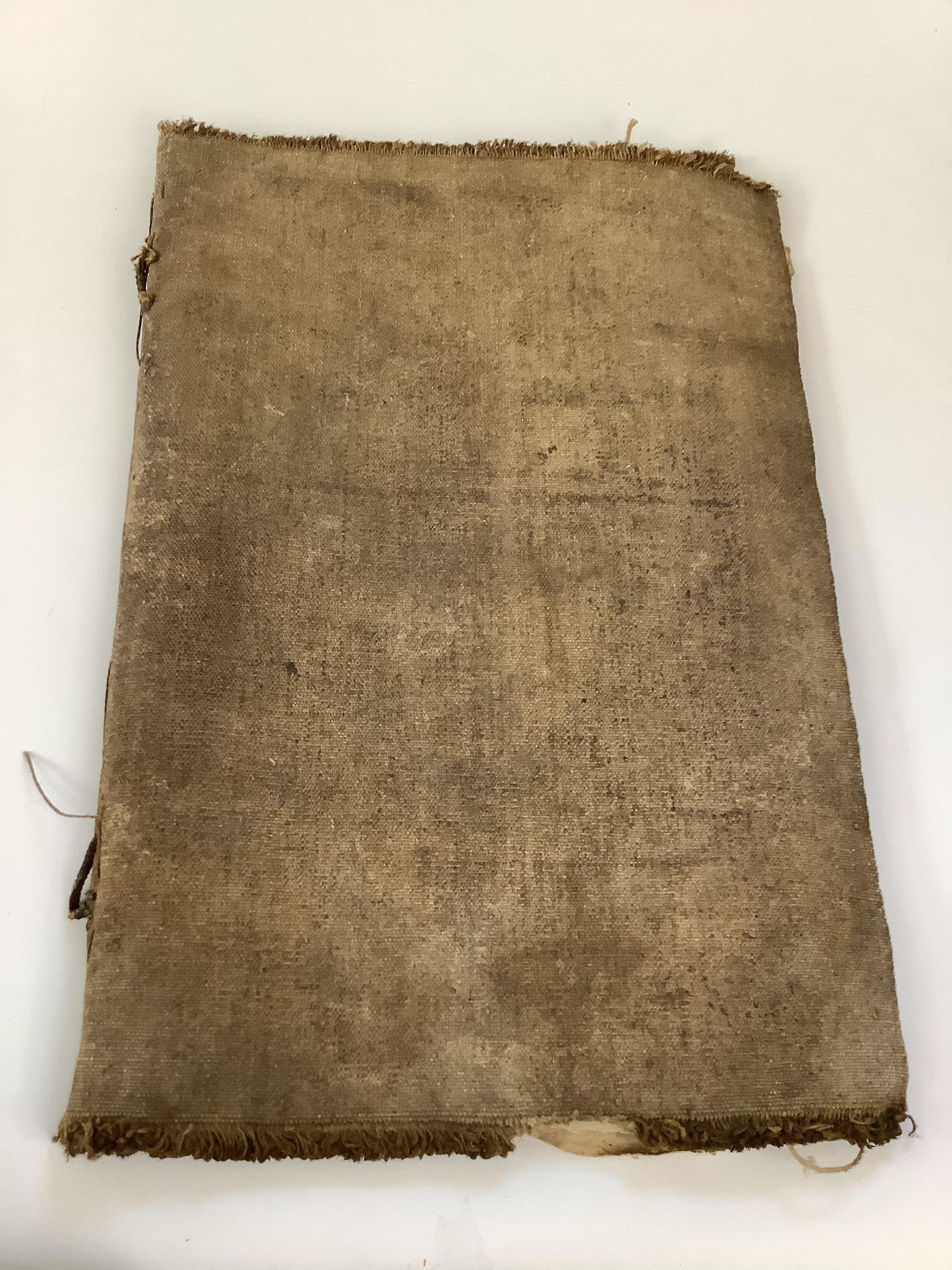
Merchant ship Hermoine sailing logs
The merchant ship Hermoine was owned by Captain Thomas Cutts, Jr. of Biddeford Pool. These ship logs from 1805 to 1809 cover several voyages around Europe, Russia, South America and Africa under the command of Captain Solomon Hopkins. The Hermoine was later destroyed by the British during the War of 1812.
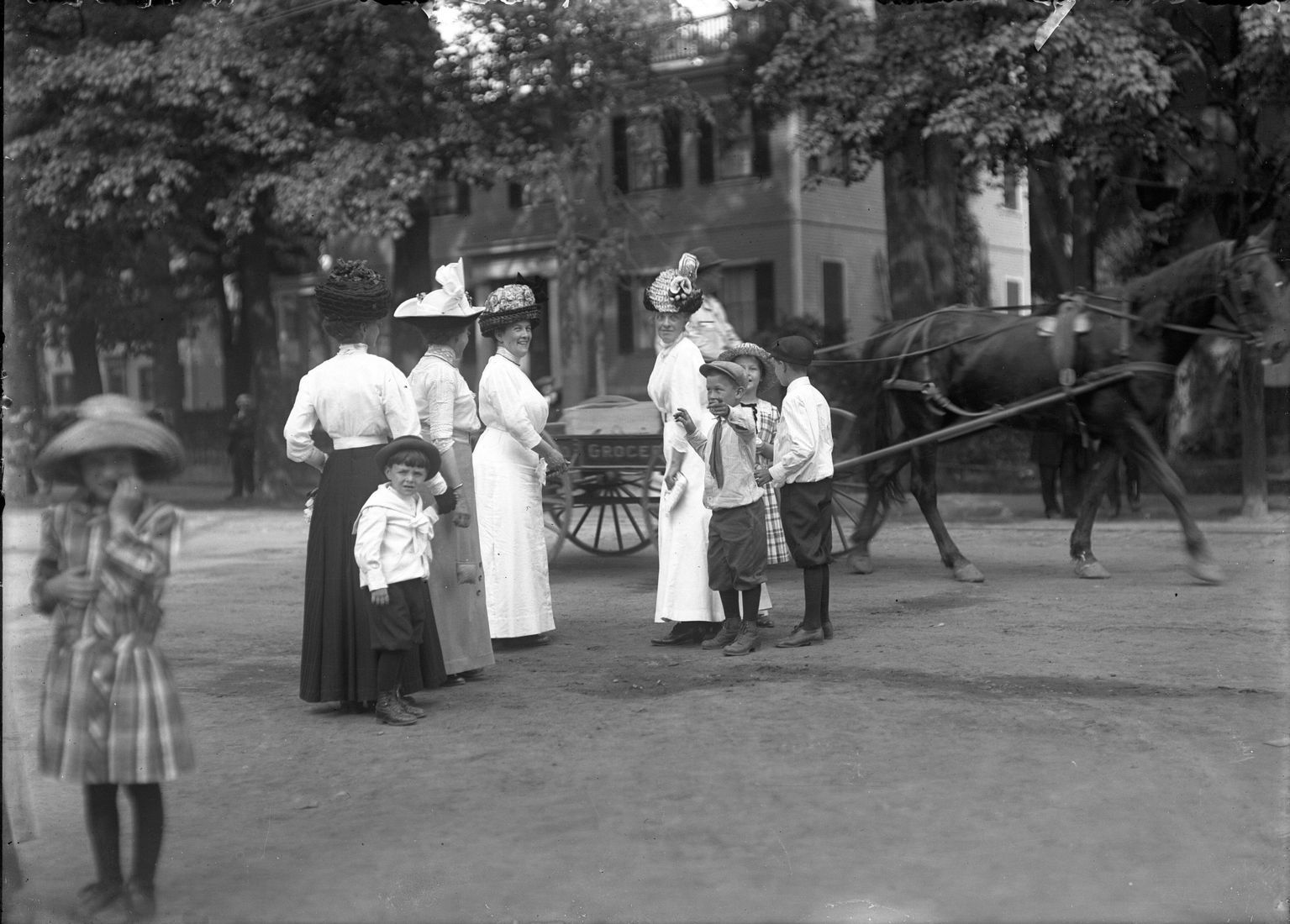
Saco Main Street & Vicinity
A look at the Historic District and vicinity of Main Street, Saco, through old photographs.

Saco-Lowell Shops
The Saco-Lowell Shops were one of the largest cotton textile machinery builders in New England. At its peak in the 1920s, the company had manufacturing facilities in Lowell and Newton, Massachusetts, and Biddeford, Maine. While cotton machinery was the company's mainstay, Saco-Lowell also made machinery for the woolen and silk industries. Photographer Lawrence Dolby was a Saco native. After graduating from Thornton Academy, he founded the Dolby Camera Shop, which he operated for many years in Biddeford. He also worked as a photographer for the Biddeford Daily Journal and the Saco-Lowell Shops in the mid-20th century.
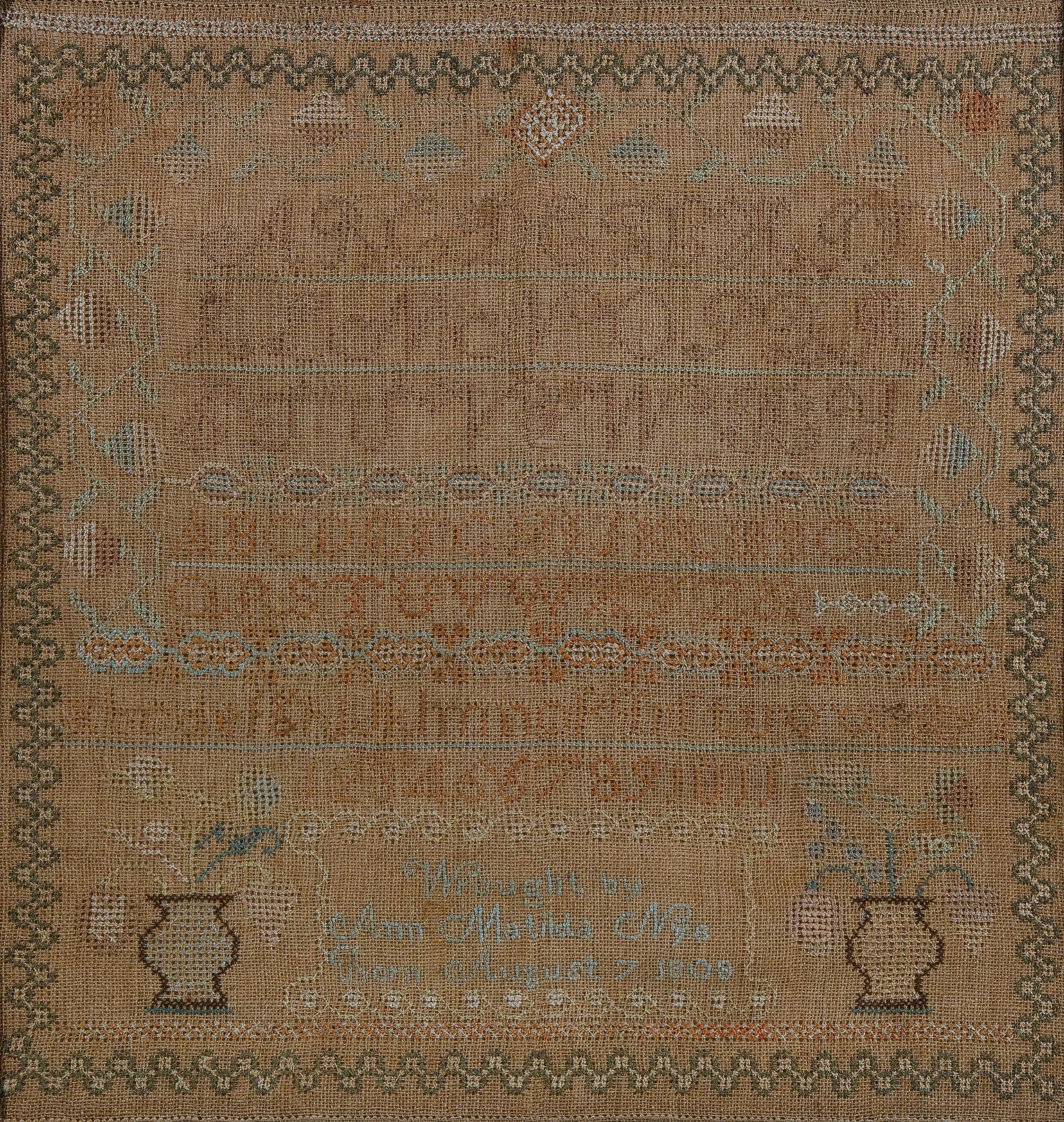
Schoolgirl Needlework
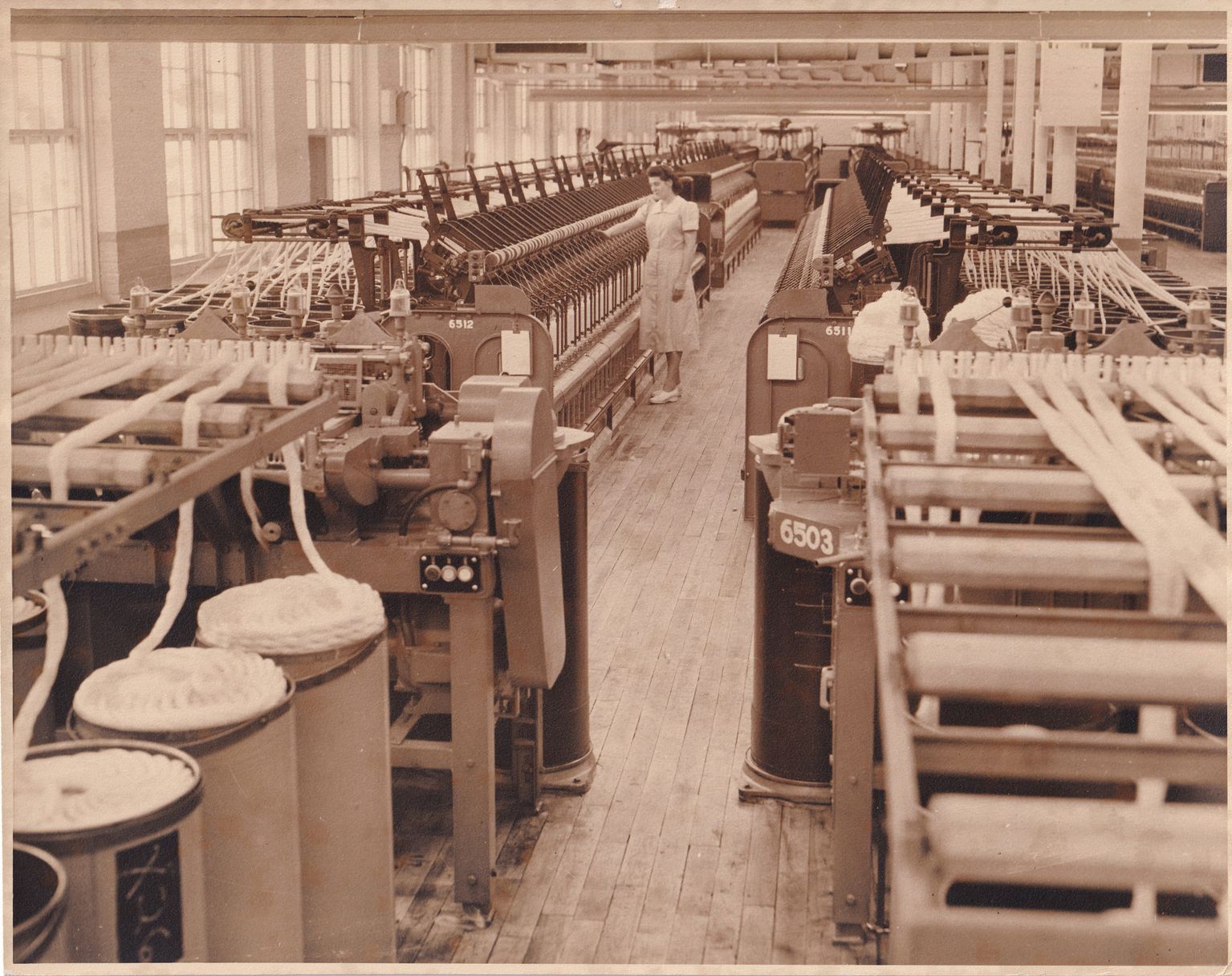
The Fabrics of Their Lives
Textiles—a type of cloth or woven fabric; any material made of interlacing fibers. Textiles are all around us. We wear them to keep warm and fill our houses with them to make them more comfortable. Textiles have been an important part of the New England economy for centuries. This exhibition follows the story of textiles in the Saco River Valley beginning with home production in colonial New England, through the rise of industrial production in the 19th century that culminated in a massive mill complex in Saco and Biddeford, ending in the early 21st century when the last of the mills closed and production was sent overseas. In its heyday the Biddeford-Saco mill district was one of the largest cotton production centers in the United States.

Trolleys in Saco
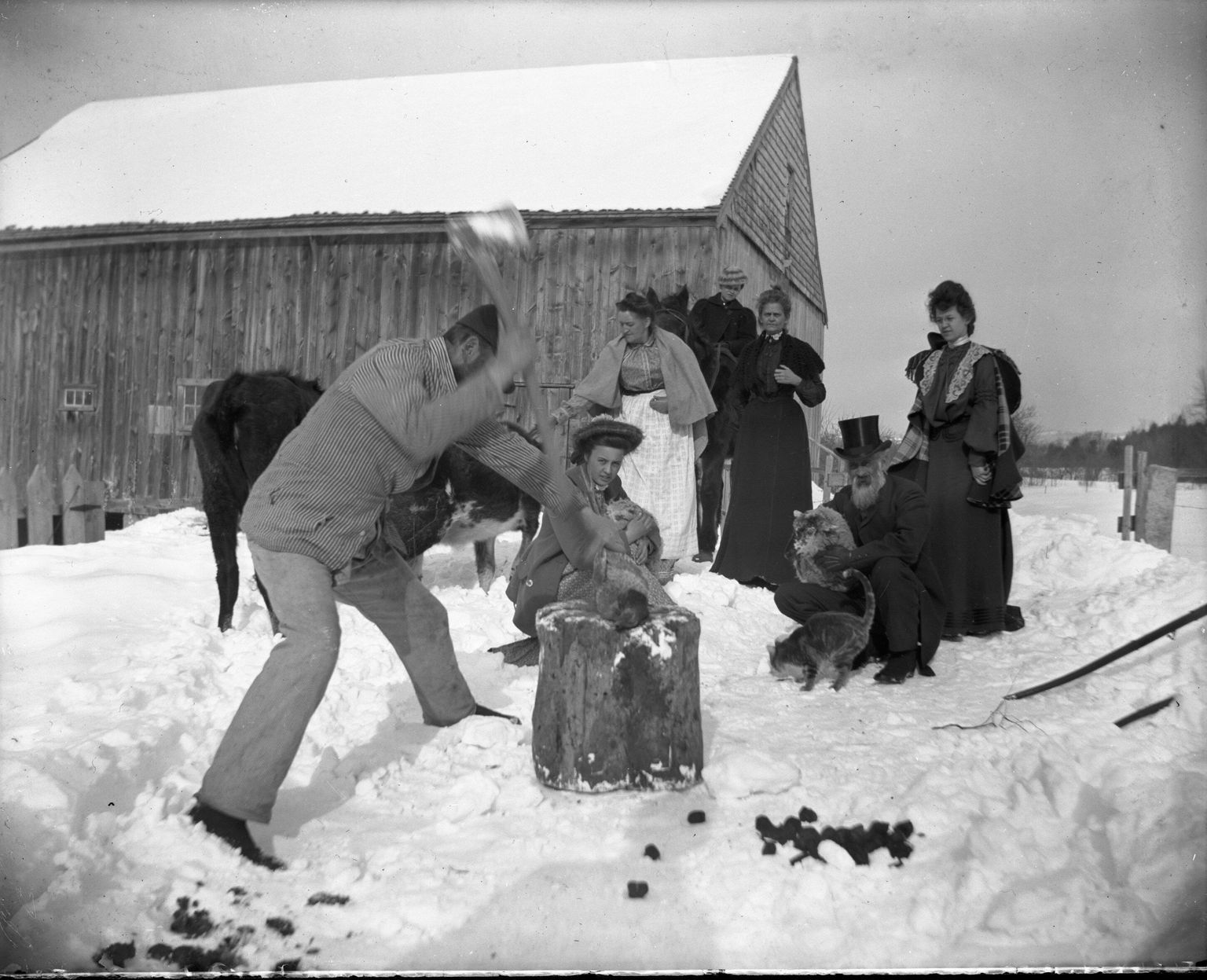
Watson Mill Rd. & Hill St., Saco - Rufus Milton Hobbs
Rufus Milton Hobbs (1877-1940) owned a farm on Watson Mill Road in North Saco. At about the year 1900, he purchased a camera kit and became an avid photographer. This collection of glass plate negatives was donated by David Bedell, a descendant of the Hobbs family. These family photos offer a glimpse into rural life in Saco at the turn of the century. The Hobbs were the closest neighbors to the Thurston family, who operated a sawmill on Watson Mill Road along the Nonesuch River. Several photos also show residences on Hill Street in Saco, where Rufus Hobbs' parents lived.